There’s no question that McLaren Automotive had a troubled opening chapter. When the MP4-12C was launched in 2011, it really was a revolution, offering a blend of power, light weight and extraordinary technology Ferrari’s slower and heavier 458 Italia could not begin to match. That’s not what people remember, because hugely powerful, carbon-tubbed McLarens are not exactly news these days. Instead they remember the iffy electrics, the non-existent sat nav and the fact that people like me said that, for all its speed, it just wasn’t that rewarding to drive.
What they also forget are the lengths that McLaren went to in order to put the 12C right, and the fact that every single upgrade and software update was offered to be retrofitted, free of charge, to every 12C it had already delivered. The result is that an early 12C today is in fact a far better car than when it was new. More powerful too: part of the upgrade was a power boost from 600bhp to 625bhp.

And unlike any other McLaren upon which you may happen to have your eye, a 12C is currently far more affordable, about ten grand more affordable if the classifieds are to be trusted. Prices for early cars with 30-odd thousand miles on their clocks are around £70,000, which isn’t much when you consider exactly what you’re buying.
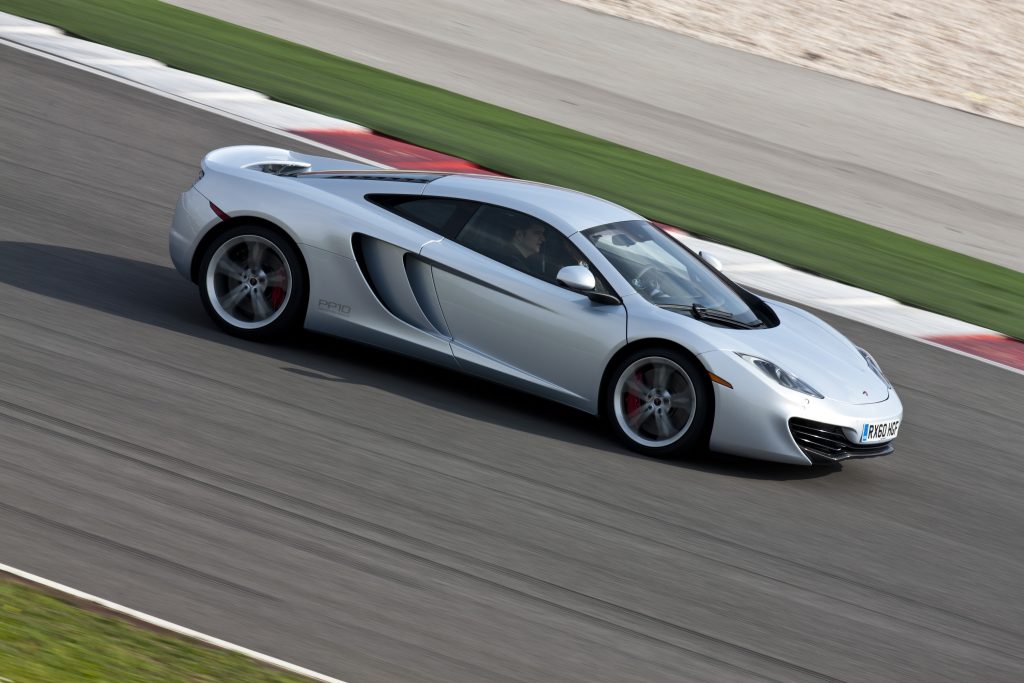
Which, first of all, is a very rare car. No official data exists in the public domain, but anecdotally it seems that around 3500 12Cs were built between 2011 and when it was replaced, somewhat out of the blue, by the 650S just three years later. It is estimated Ferrari built over 18,000 458s, making the McLaren over five times as scarce.
It’s a very clever car too, its strong, light and stiff carbon monocell weighing just 80kg, or quite a lot less than me. Its suspension was a unique, interconnected hydraulic system that dispensed with conventional coil springs and roll bars and provided both exceptional body roll control and to this day what must rank as the finest ride quality of any supercar in history, including all subsequent McLarens.
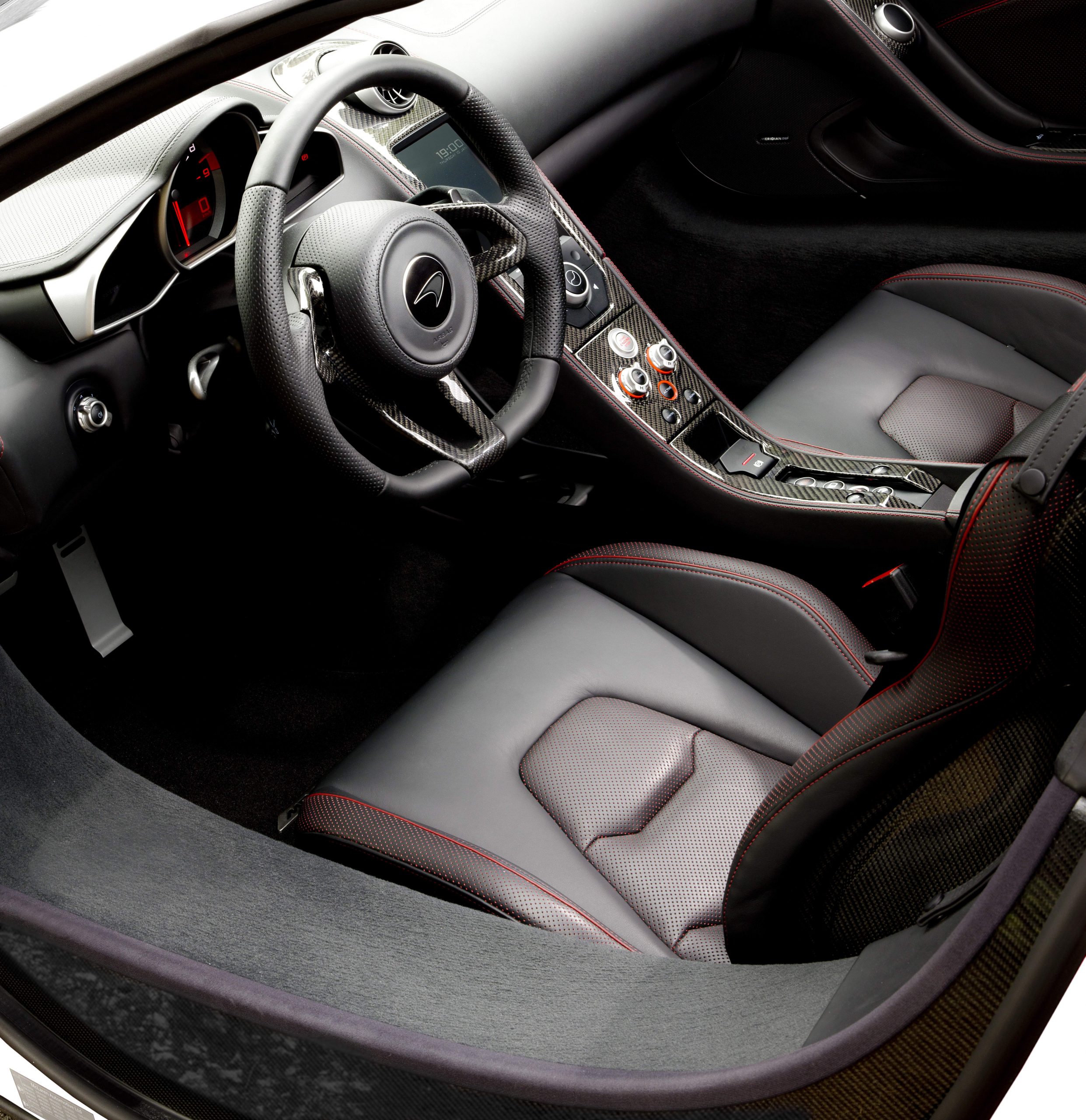
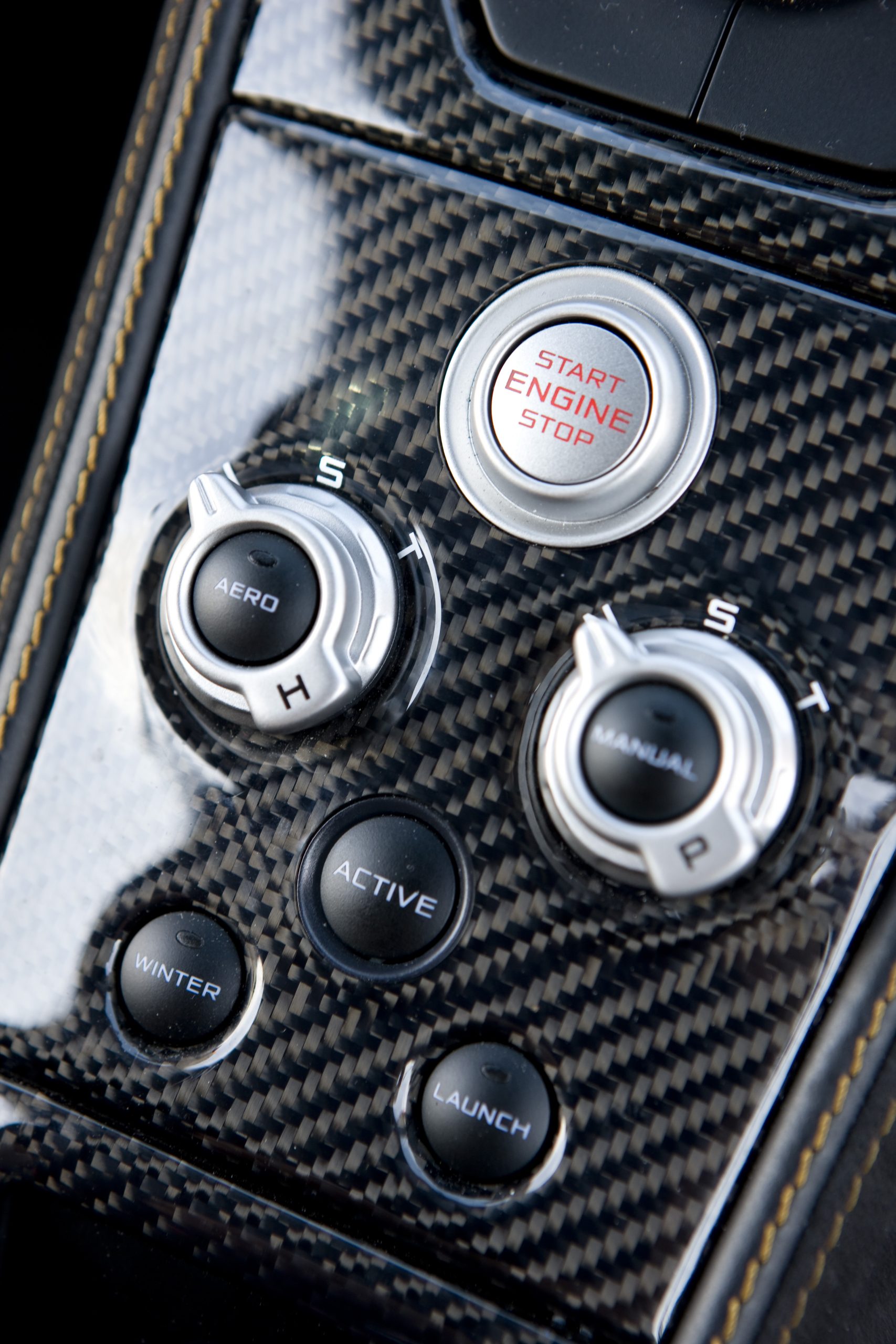
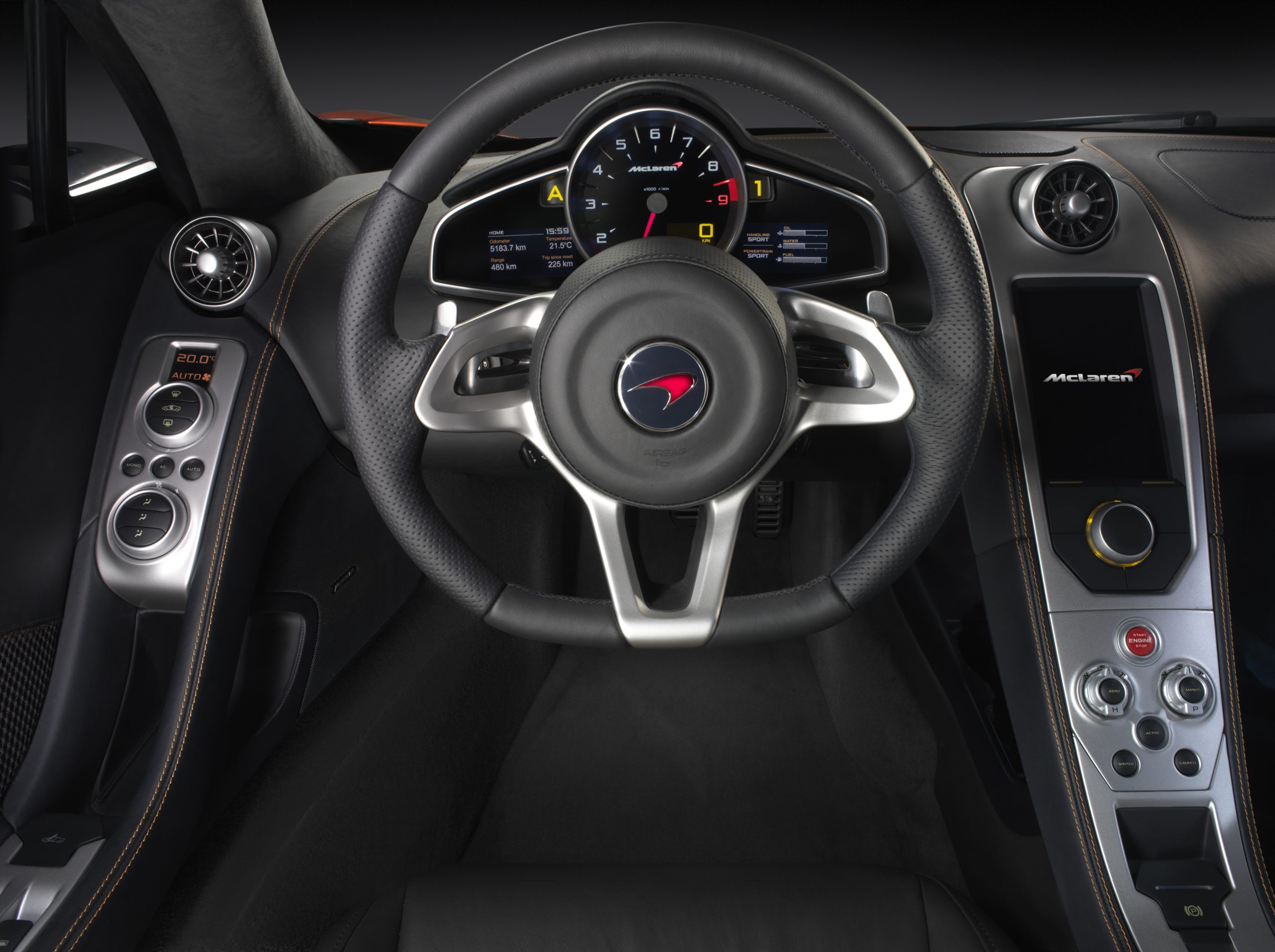
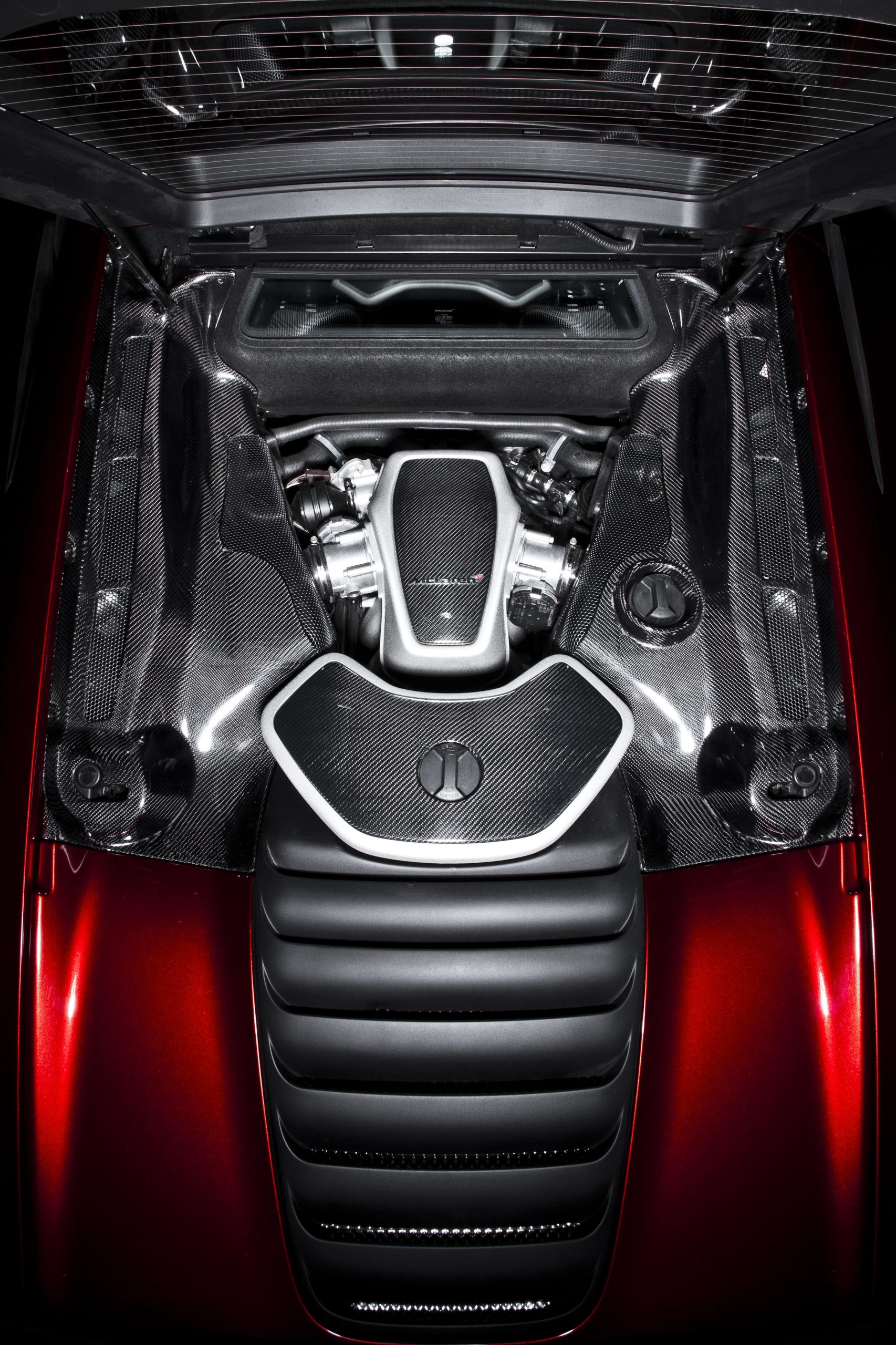
The twin turbo, V8 motor was built for McLaren by Ricardo but while rightly regarded as a McLaren engine, it was developed from an engine Nissan used for racing in the 1990s. Designated M838T, it and its derivatives have been installed under the engine cover of every McLaren from 12C to Senna and Speedtail through to the present day. Only now is a V6 unit impending, for the forthcoming Artura.
Even more than a decade on, a 12C is a remarkable thing to drive, not least because so much of what makes a McLaren a McLaren today was right there in the 12C from the start. The airy cabin, with its goldfish bowl visibility has been a McLaren hallmark ever since. As has its now unfashionably hydraulic steering system. With a proper kerb weight of over 1400kg, the car is comparatively light and, with 625bhp doing the pushing, preposterously fast too. McLaren claimed 3.3sec for the 0-62mph sprint, but all the magazines made it go quicker, at least two seeing sub 3sec runs. And they’d have all been pre-power-upgrade cars.
But I think the reason a 12C is interesting now is not just that so many of its original problems were fixed long ago, but also that the car could be about to embark on an all new second act as a future classic. It has the name, the rarity, the technology, the power and the speed. Everything you might say, apart from the accompanying price.
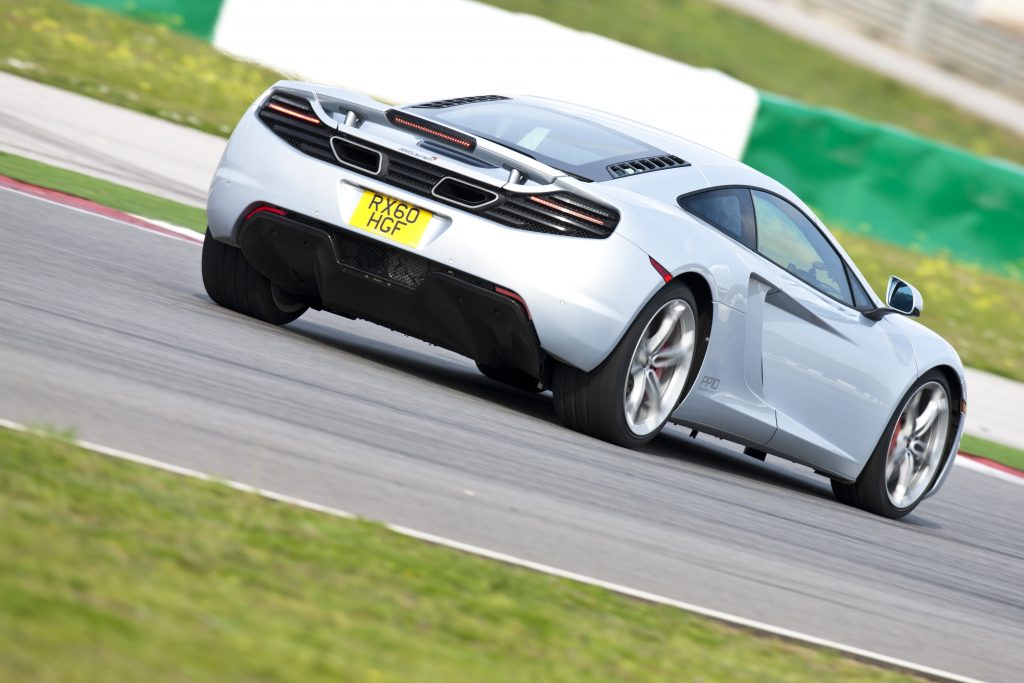
Ten years ago, we were really hard on the 12C, and rightly so: it was a brand new car from essentially a brand new manufacturer and it was trying to put itself forward as a legitimate and credible alternative to a Ferrari. Of course we were going to be tough on it. We drove as hard and as fast as we could make them go, and when they proved to be less rewarding right on and even over the limit, we said so.
It is unlikely that anyone looking at a 12C today as a place to park some money while having some automotive entertainment is going to subject it to such rigorous scrutiny. They are rather more likely to revel in its incredible punch, otherworldly grip, superlative comfort and the fact it will still attract looks at every street corner. And while the styling of the 12C did attract some criticism in period, I think it has aged well, its clean lines proving more timeless than most.
Downsides? Mechanically the cars are strong and the carbon tubs and aluminium bodies won’t rust, but don’t expect servicing or fixing small faults to be cheap. Careful research is needed to find the right car from the right buyer with no horror stories attached. But while you mull over the finances, just consider this: a Ferrari 458 is a fine car, probably a slightly better one all round than a 12C, but prices for these start today at around £120,000, a cool fifty grand more than you’ll pay for the cheapest 12C. And good though the Ferrari undoubtedly is – it was even picked out in the 2022 Hagerty Bull Market List – drive the pair together and you’ll be tempted to save the difference…
Read more
Future classic: Audi R8 4.2 V8
Future Classic: BMW M3 E46
Future Classic: Bentley Continental GT












